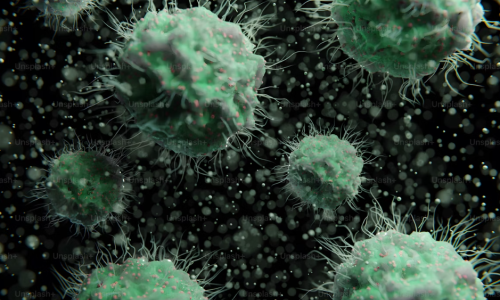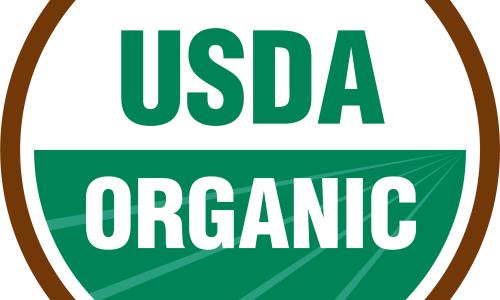Can compost be sold to conventional and organic agricultural producers?
Defining Compost vs. Digestate
Compost: Aerobically decomposed organic matter that undergoes a thermophilic (high-heat) process to reduce pathogens. Labels must specify the feedstock.
Digestate: Solid or liquid material resulting from anaerobic digestion. Labels must specify the feedstock. This must still meet pathogen, contaminant, and heavy metal requirements.
California follows both CDFA (California Department of Food and Agriculture) rules and AAPFCO (Association of American Plant Food Control Officials) definitions when classifying and labeling these products
Conventional Requirements in California
For products to be registered as fertilizers or soil amendments, they must meet the following standards:
Pathogen Reduction
Compost:
Windrow: ≥ 131°F for 15 days, turned 5 times.
In-vessel/static pile: ≥ 131°F for 3 consecutive days.
Testing:
Fecal coliform < 1,000 MPN/g.
Salmonella < 3 MPN/4 g
Physical Contamination
≤ 0.5% by dry weight of physical contaminants >4 mm.
≤ 0.1% film plastics
Heavy Metals
Must meet CDFA’s tolerance levels for arsenic, cadmium, chromium, cobalt, copper, lead, mercury, molybdenum, nickel, selenium, and zinc
Labeling & Documentation
Proper labeling using AAPFCO definitions.
Supporting documents such as ingredient source information, SDS, impurity analysis, and QA/QC testing may be required during CDFA review
Organic Requirements in The United States for Compost
Products intended for use as organic inputs must meet all of the above conventional standards, plus additional requirements under the National Organic Program (NOP):
C:N ratio: Between 25:1 and 40:1.
Temperature standards:
- In-vessel/static pile: 131–170°F for 3 days.
- Windrow: 131–170°F for 15 days with a minimum of 5 turns
Feedstock transparency: All ingredient sources must be fully documented, and prohibited substances (e.g., sodium nitrate, certain chlorides) must be avoided
California has strict rules for both compost and digestate, particularly around pathogen reduction, heavy metal limits, and contamination thresholds.
Proper classification and labeling are critical. A material that does not undergo adequate composting cannot be labeled as compost.
For organic use, feedstock traceability and adherence to NOP composting requirements are essential.
CFIA Regulations on Compost and Digestate
Under the Fertilizers Act, products must either be registered or fall under an exemption in the List of Primary Fertilizer and Supplement Materials (LFSM).
-
Compost is exempt when it meets the LFSM definition: A solid mature product resulting from composting (a managed bio-oxidation process that includes a thermophilic phase) of a solid heterogeneous organic substrate.
In practice, this means aerobic composting with a thermophilic stage (≥ 45–55 °C), which helps destroy pathogens and stabilize the material.
- Digestate is produced under anaerobic conditions and does not fit the LFSM “compost” category unless it undergoes post-composting. Instead, it may align with other entries depending on feedstock:
- Manure-based digestate: fits under “Manure or composted manure” (≥ 51% manure, subjected to treatment).
- Sewage-based digestate: may fall under “Municipal biosolids,” provided it meets metal and pathogen standards.
- Food waste digestate: may align with “Garbage/biogenic tankage,” but only if rendered, dried, ground, and screened.
Where digestate does not clearly fit an exempt category, registration is required. This process triggers CFIA’s risk classification tables:
- Level II (e.g., processed sewage, composts, living organisms) → requires data on metals, pathogens, and sometimes dioxins/furans.
- Level III (e.g., viable microorganisms added) → requires additional ingredient-dependent safety data.
Safety Standards
Regardless of exemption or registration, products must meet CFIA’s safety thresholds:
- Metals: Limits are set for 11 heavy metals (As, Cd, Cr, Co, Cu, Hg, Mo, Ni, Pb, Se, Tl, V, Zn). For example, cadmium cannot exceed 20 mg/kg product at a 4,400 kg/ha application rate.
- Pathogens: Salmonella and fecal coliforms must be absent or below detection thresholds.
- Dioxins and Furans: If sewage sludge is present, full congener analysis is required with toxic equivalency factors applied.
Canada Organic Input Approvals for Compost and Digestate
For farms and companies seeking organic certification, the Canadian Organic Standards (CAN/CGSB-32.310) set additional requirements:
- Digestate (anaerobic) is permitted as a soil amendment if:
- All materials added to the digester are permitted in Table 4.2 of the standard.
- If feedstocks include manure, the criteria for raw manure land application are followed (timing, incorporation, waiting periods before harvest).
- Off-farm sources must meet heavy metal restrictions.
- Processed manure may be used if treated by mechanical or physical (including heat) methods. Operators must demonstrate pathogen reduction using best practices.
- Plant by-products (crop wastes, green manures, straw, hay, leaves) are permitted as compost feedstocks, provided they have not been treated with prohibited substances and are non GMO (e.g., herbicides, preservatives, glues).
- Microorganisms are allowed if derived from permitted sources, but sewage sludge is explicitly prohibited.
Pathogen and Application Requirements
For organic compliance, land application rules for manure and digestate are strict:
- Non-composted manure must be incorporated 90–120 days before harvest, depending on crop type.
- Soil must be warm and moist enough to ensure bio-oxidation.
- Applications must not contaminate crops, water bodies, or surface/groundwater.


